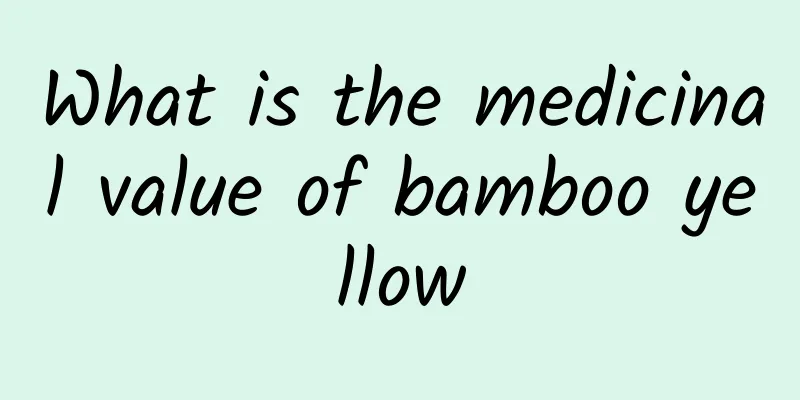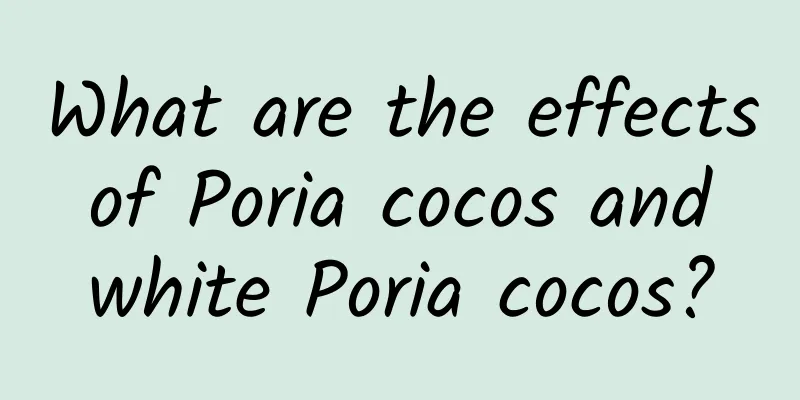What are the differences between Cistanche deserticola and Cistanche deserticola

|
There are many kinds of Cistanches, and different kinds of Cistanches have different effects in treating diseases. Different kinds of Cistanches have different values. Some Cistanches can be used to make wine, some can be used to make tea, and some can be used to make all kinds of delicious food. However, there are differences between Cistanches. The Cistanches that people often choose are called Cistanches deserticola. Cistanches deserticola is very different from other Cistans, and each Cistanches has different characteristics. So what is the difference between Cistanches deserticola and Cistanches deserticola? Cistanche is a traditional Chinese medicine. It is precious because of its special origin. There are many varieties of Cistanche. So how do consumers distinguish between different varieties? Let me teach you. Cistanche deserticola: flat cylindrical, slightly curved, 3 to 5 cm long, 2 to 8 cm in diameter, with brown or gray-brown surface. Densely covered with fleshy scales arranged in a shingle-like pattern, usually with broken tips. Heavy, hard, slightly soft, not easy to break, brown in cross section, with light brown dot-like vascular bundles arranged in wavy rings. Slight smell, sweet and slightly bitter taste. Cistanche tubulosa: irregular shapes such as flat cylindrical, flat spindle, flat oval, flat round, 6 to 8 cm long, 4 to 6.5 cm in diameter, with reddish brown, grayish yellow brown or tan surface, and often twisted. Densely covered with fleshy scales arranged in a slightly shingle-like manner, dense in the upper part and sparse in the lower part, the tips of the scales have mostly broken off, and the remaining parts are mostly more than 1 cm wide. The whole scale is slightly long triangular and about 1 cm high. Heavy, hard, not tough*, difficult to break, with granular cross-section, mostly gray-brown, and some with a black, hard, gelatinous outer ring. There are numerous dark brown dot-like vascular bundles, scattered irregularly, some with small cracks. It has a slight odor and tastes sweet and slightly bitter. Salt-raw Cistanche deserticola: cylindrical, with scale leaves ovate to oblong-lanceolate, 1 to 2.5 cm long and 4 to 8 cm wide. The inflorescence spike is cylindrical, with short, ovate-lanceolate bracts. The epidermis is yellowish brown with adventitious stomata, hard and non-soft, and the cross section has light brown vascular bundles arranged in chrysanthemum-like patterns. It has a faint smell and tastes slightly salty and bitter. Cistanche deserticola: The stem is single, straight, 15 to 35 cm long, 0.5 to 1 cm in diameter, dark yellow-brown or brown, with longitudinal grooves and short white hairs. The leaves are alternate, scaly or lanceolate, slightly wrinkled, 0.8~1.5 cm long, and yellowish brown. The upper part of the stem is a spike inflorescence, 5 to 10 cm long and covered with hairs. The flowers in the lower part are relatively sparse, while the flowers in the upper part are dense. The flowers shrink and become lip-shaped when flattened. They are 1.5 to 1.8 cm long and yellowish brown or lavender in color. Some panicles have capsules at the bottom, which are oval, about 1 cm long and brown. It is hard and brittle, easy to break, and the cross section is white with an irregular brown ring in the middle. Odorless, light taste. Above we introduced to you many characteristics of Cistanche, as well as its growing place and some of its growth appearances. Judging by these places, you can quickly know the differences between Cistanche and Cistanche. Both Cistanche and Cistanche are valuable medicines, but Cistanche is more valuable. Everyone should pay attention, there are fake Cistanche, so you must buy it from a regular place. |
>>: Is there any fake Cistanche deserticola?
Recommend
What are the Chinese medicine formulas for nourishing kidney yin deficiency?
Kidney deficiency is a common symptom in life. It...
The efficacy and function of eggplant
Hairy eggplant is a traditional Chinese medicinal...
The efficacy and function of a single leaf
Single root wood leaf is a frequently used medici...
The efficacy and function of Smilax china leaves
Most Chinese medicinal materials have good effect...
CAMIA: 8 leading companies in the Philippine e-commerce market
Although the Philippine e-commerce market has att...
The efficacy and function of radish kidney
Friends who don’t know about radish kidney will n...
The efficacy and function of green maple
Many people choose green maple because of its hig...
The efficacy and function of Begonia
Modern medical research believes that Begonia con...
When you participate in a multi-person video conference, you are the only real person! How to prevent AI fraud?
Audit expert: Liu Xiangquan Director of the Robot...
The efficacy and function of yellow mushroom
Chinese medicine has different effects on our bod...
The efficacy and function of the root vine
There are so many medicinal herbs in the world, a...
An important discovery: TRAPPIST-1 habitable planet orbit is not misplaced!
[Mobile software: Bo Ke Yuan] Astronomers using t...
The efficacy and function of Clematis chinensis
There are many kinds of common Chinese medicinal ...
Hoarseness is so common, why does it never get better?
Some time ago, actress Qin Lan's cute "e...
What? High heels were invented for men!
I believe that every girl had a wish when she was...









